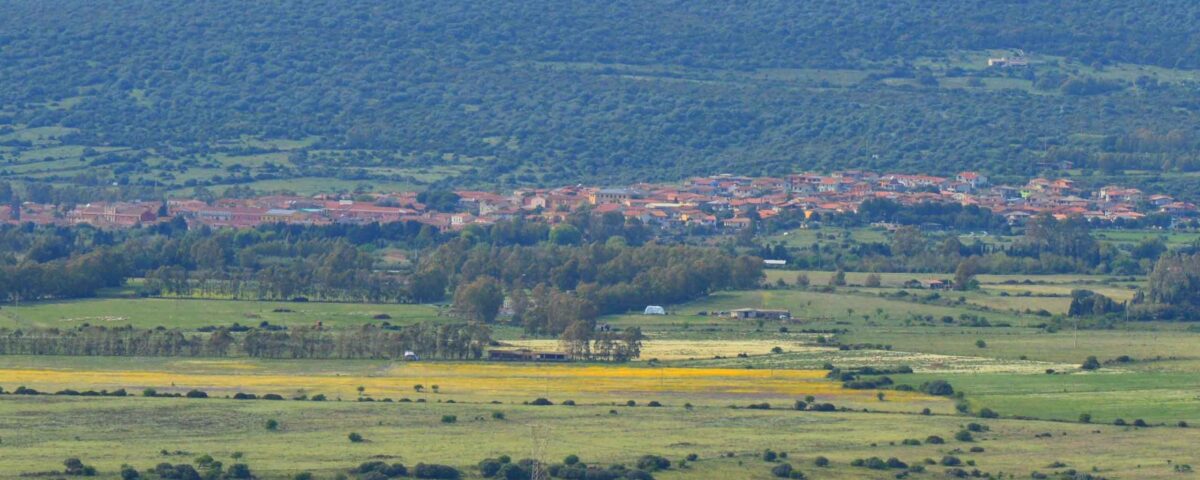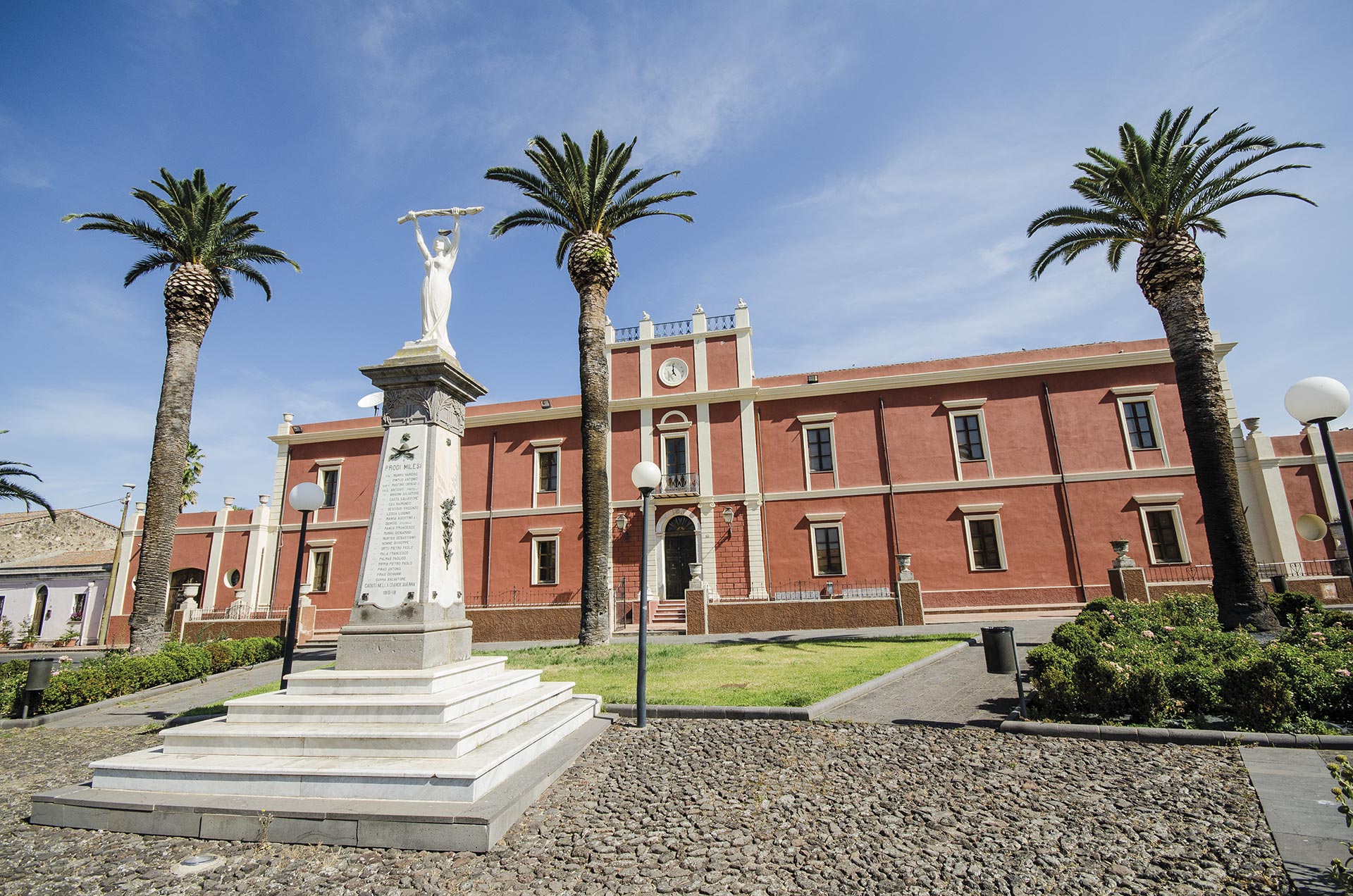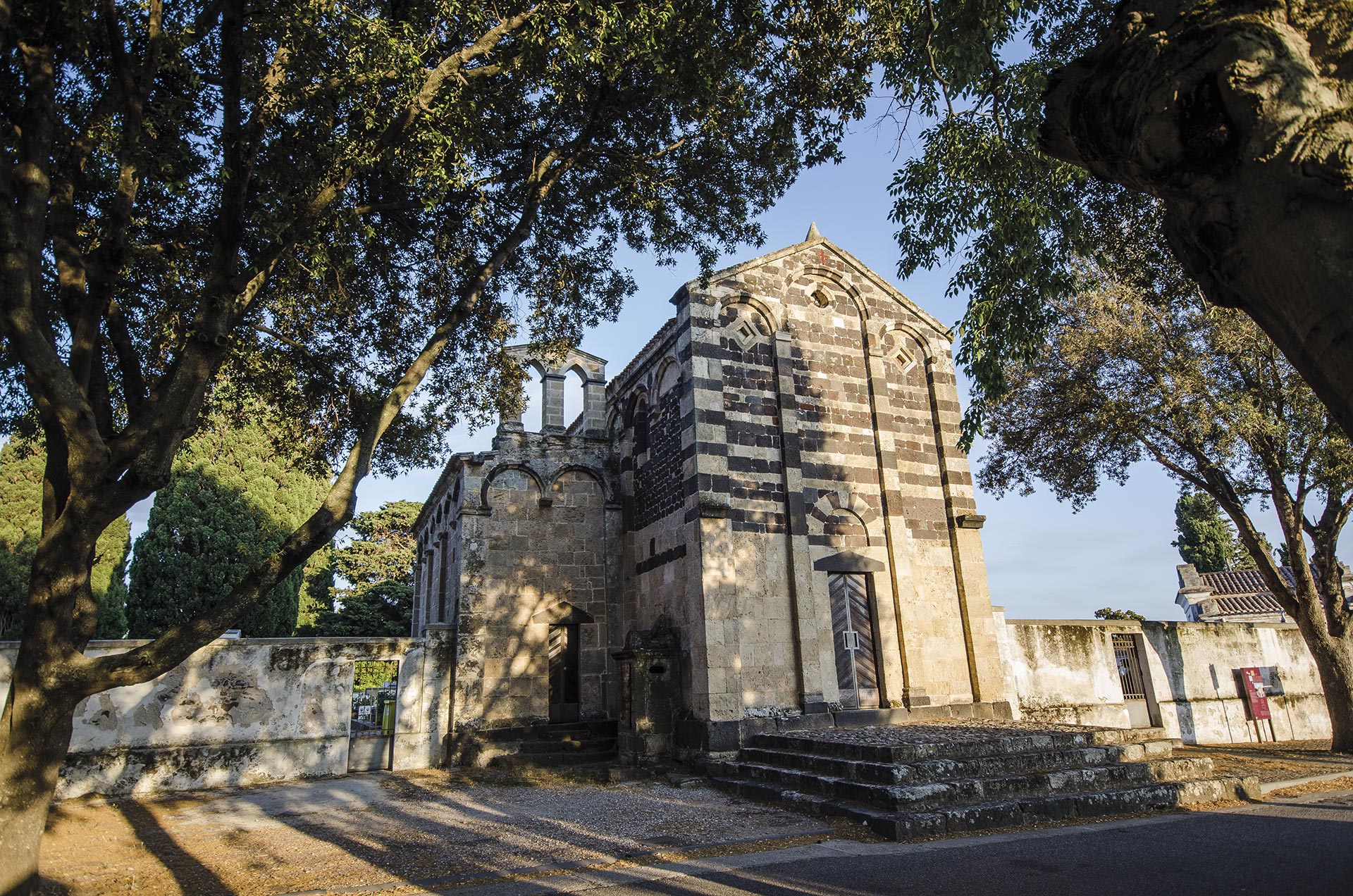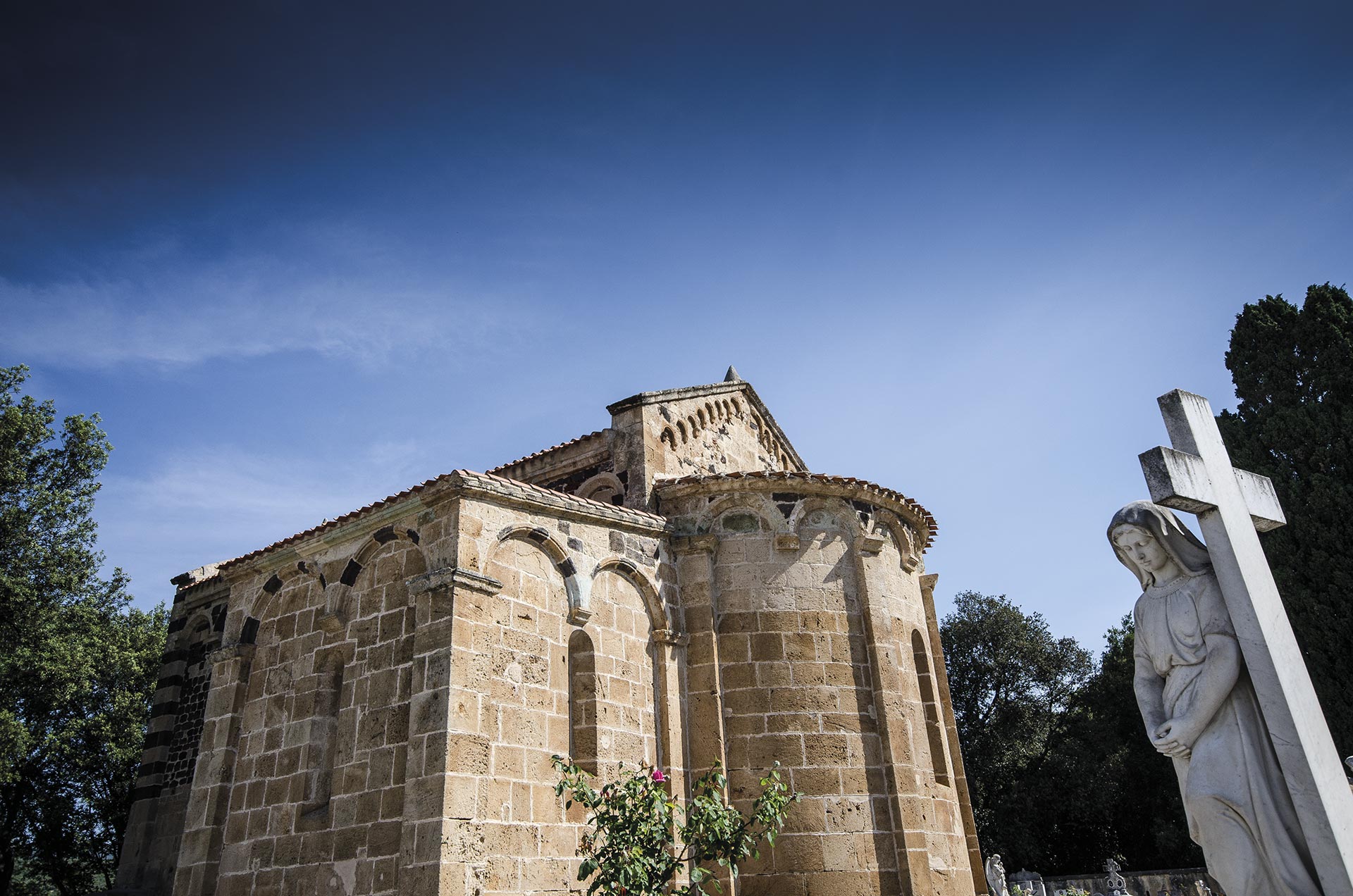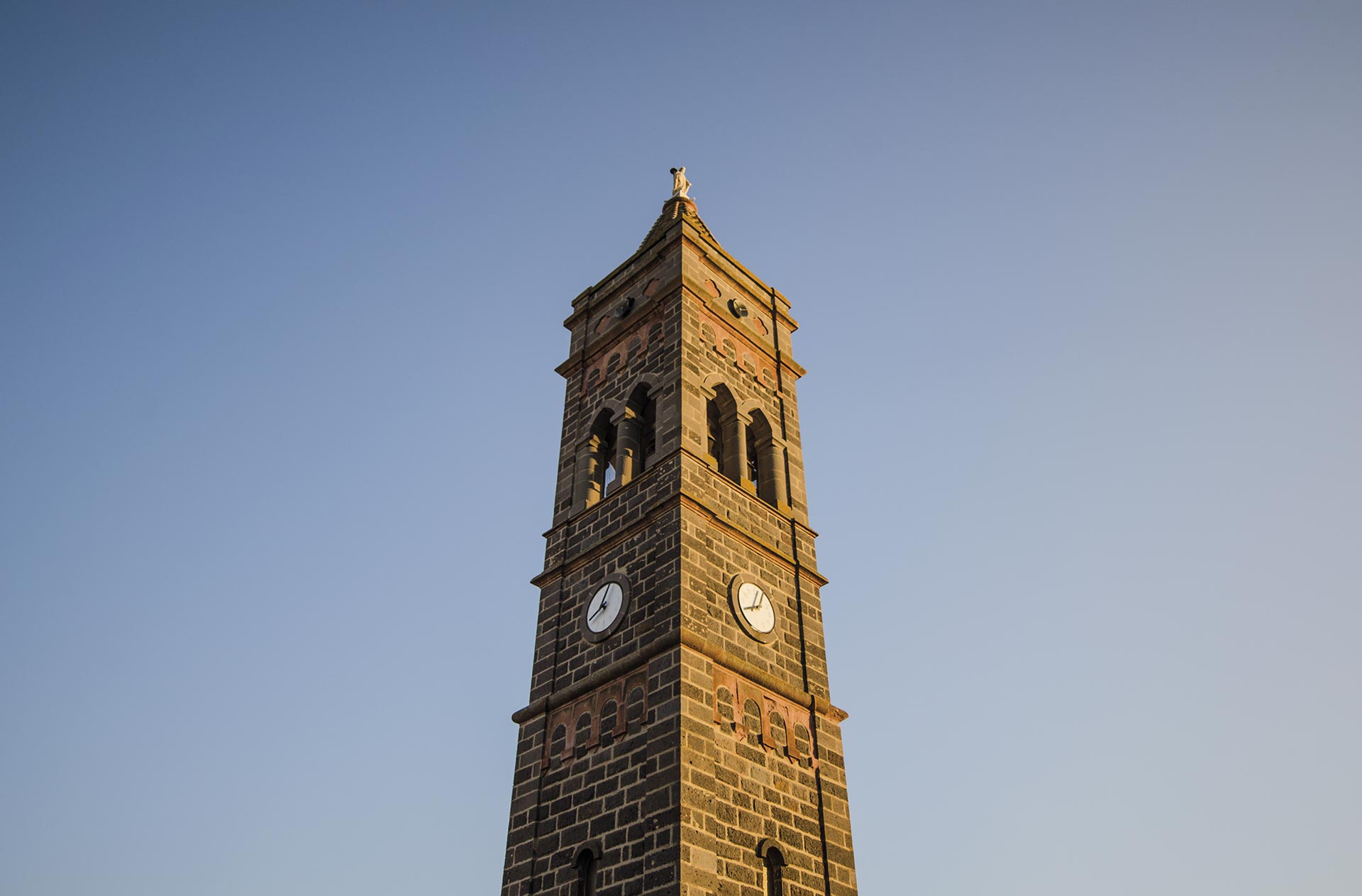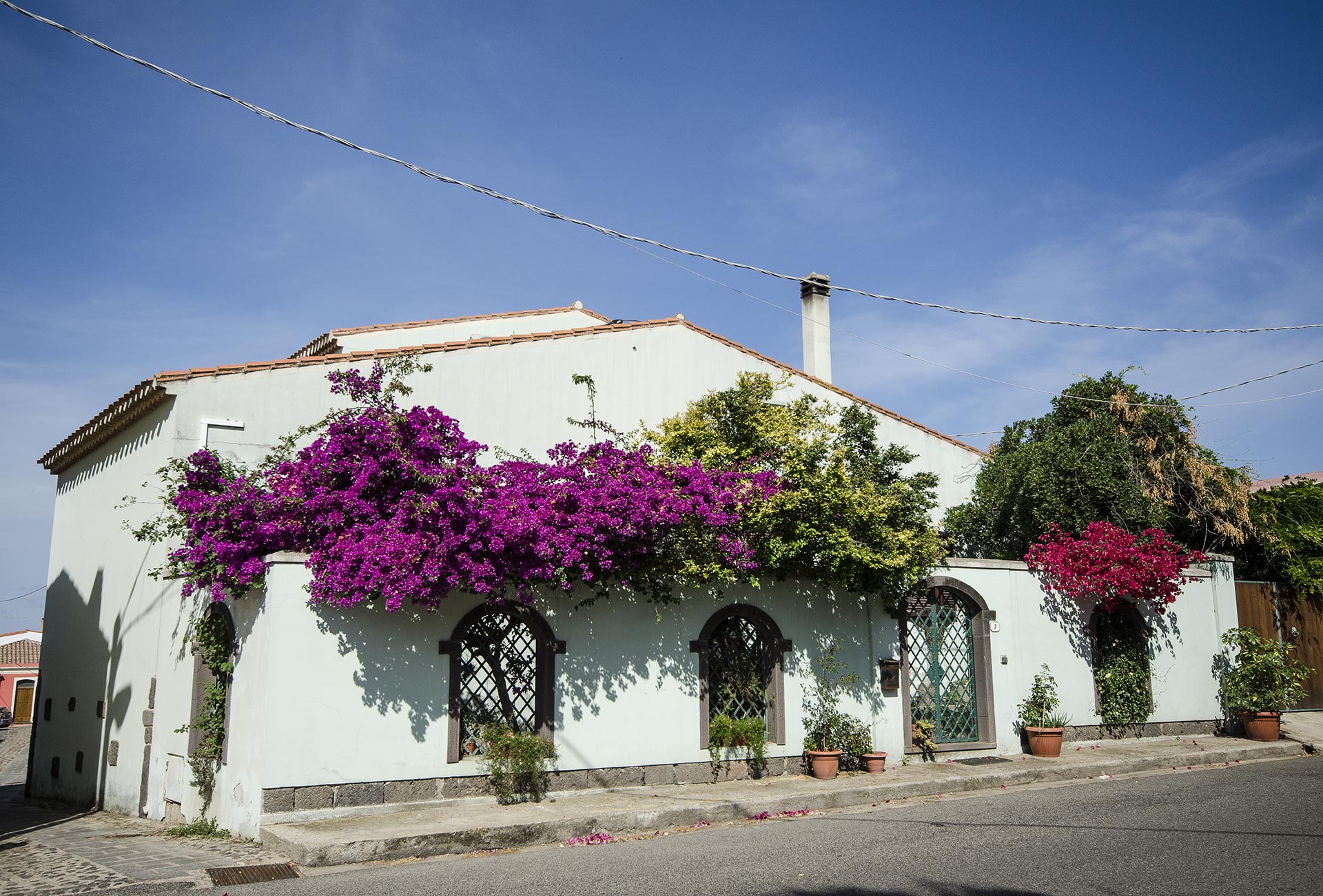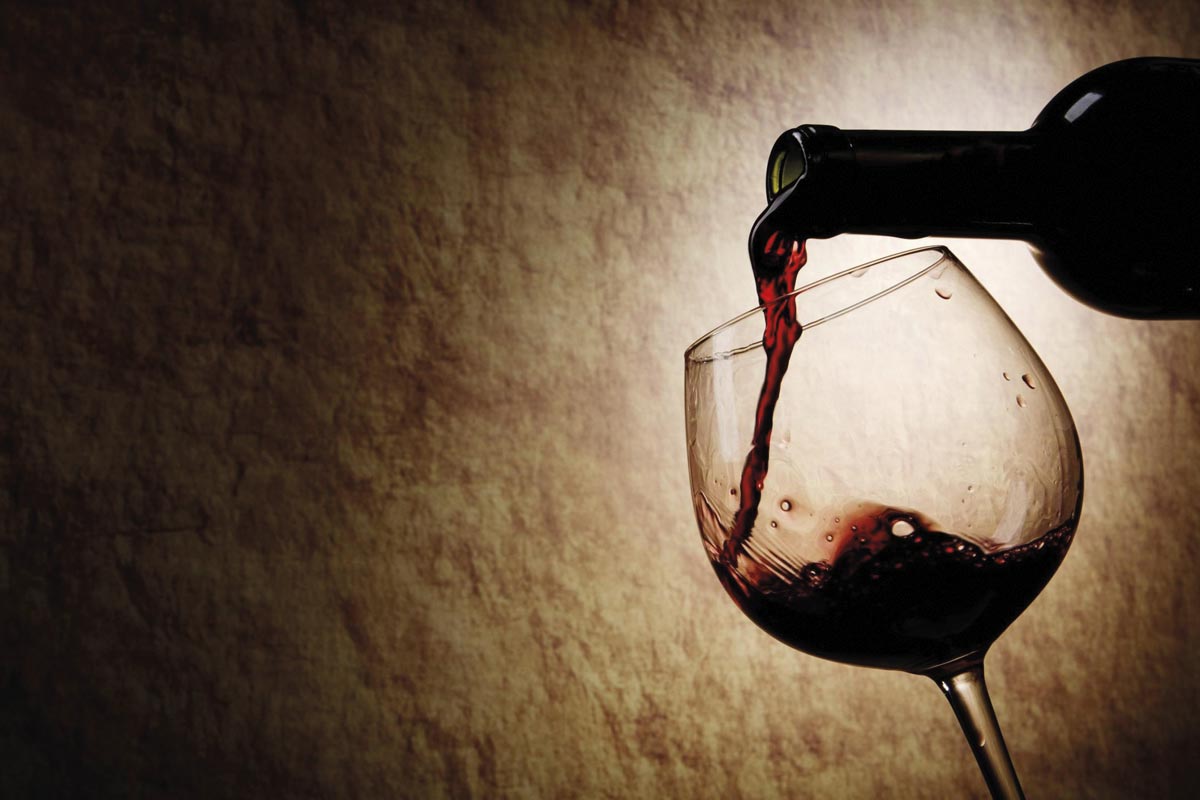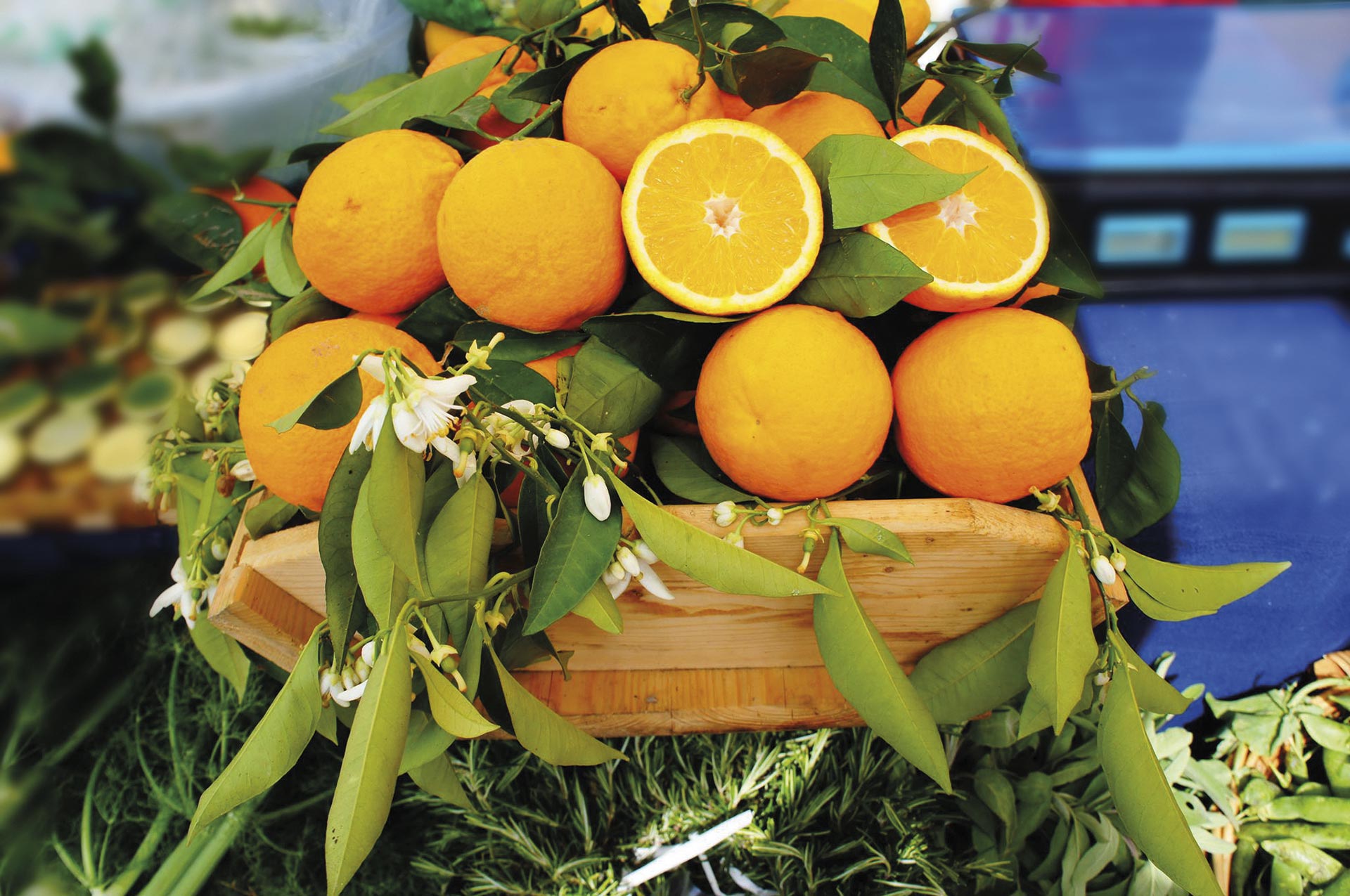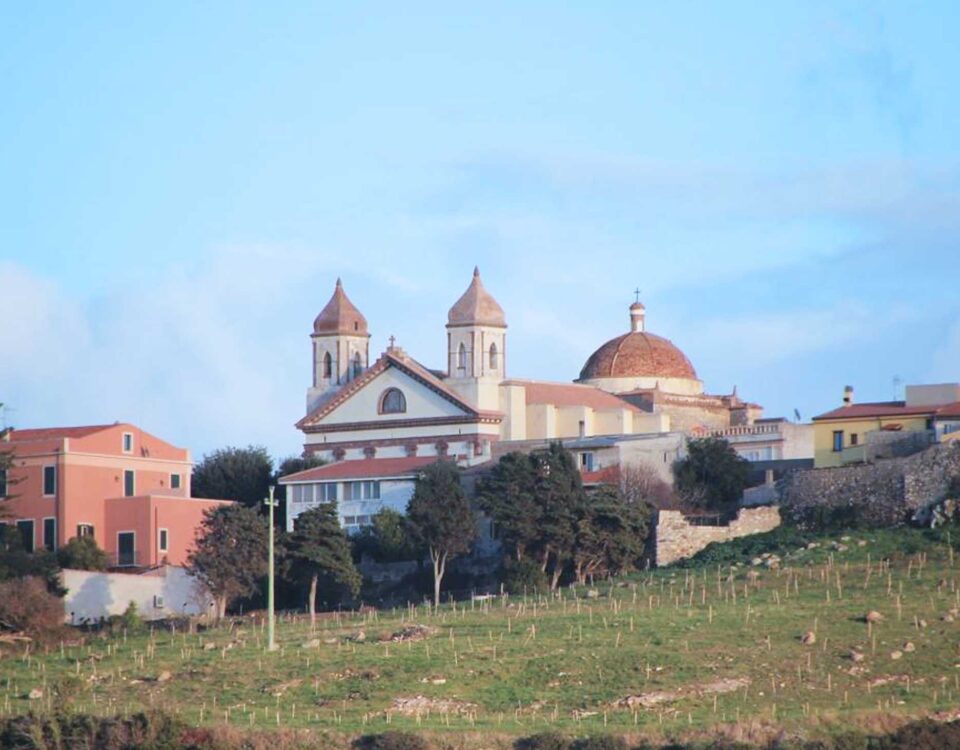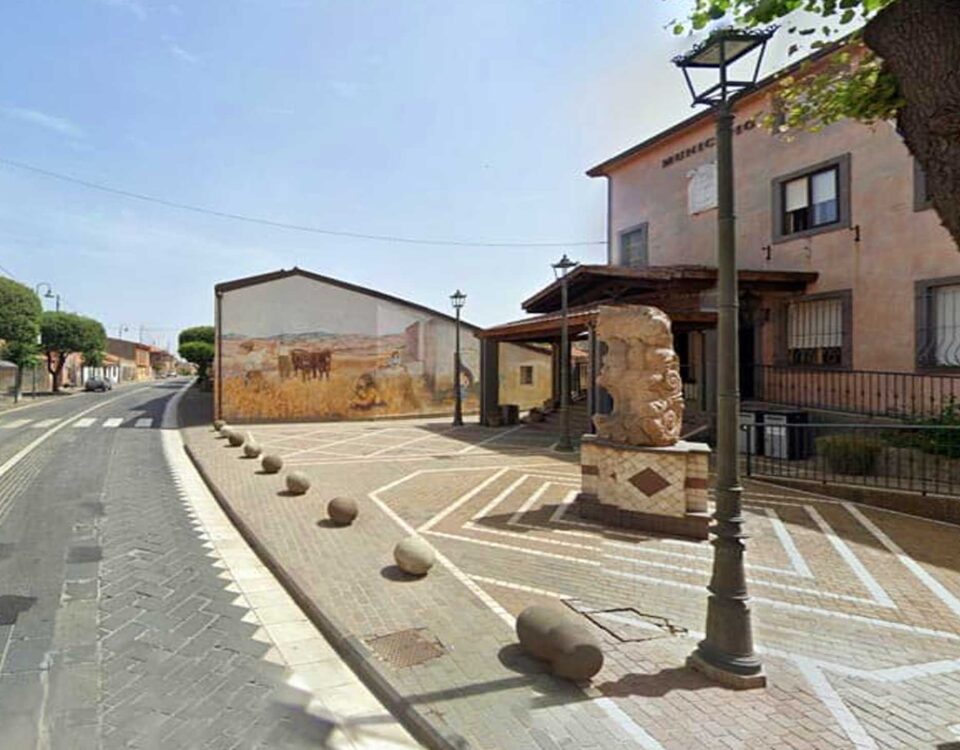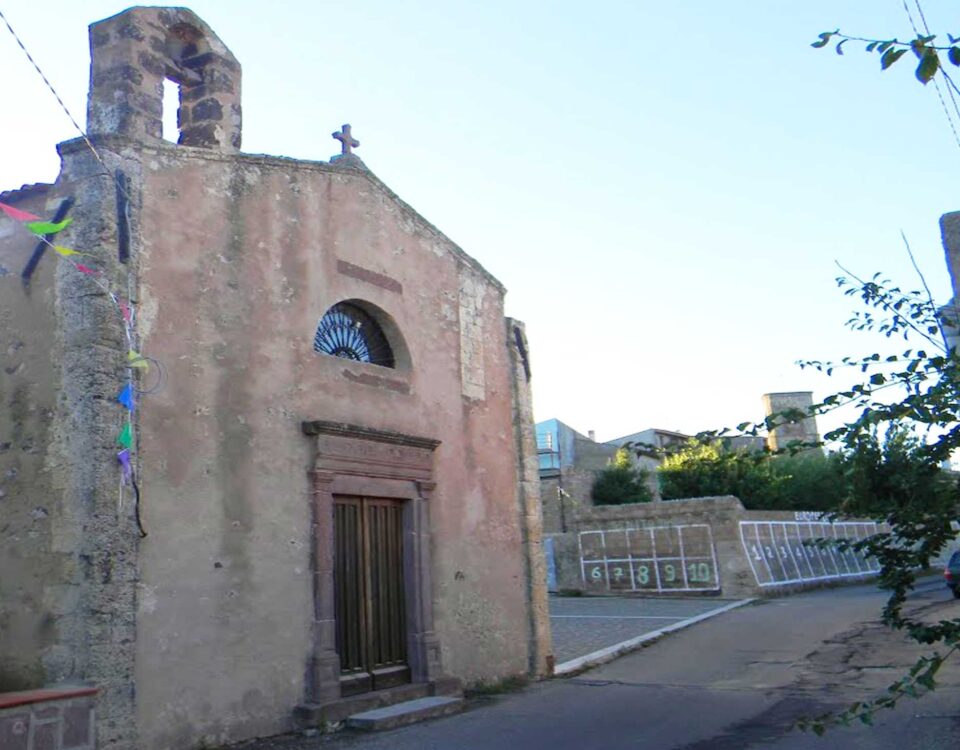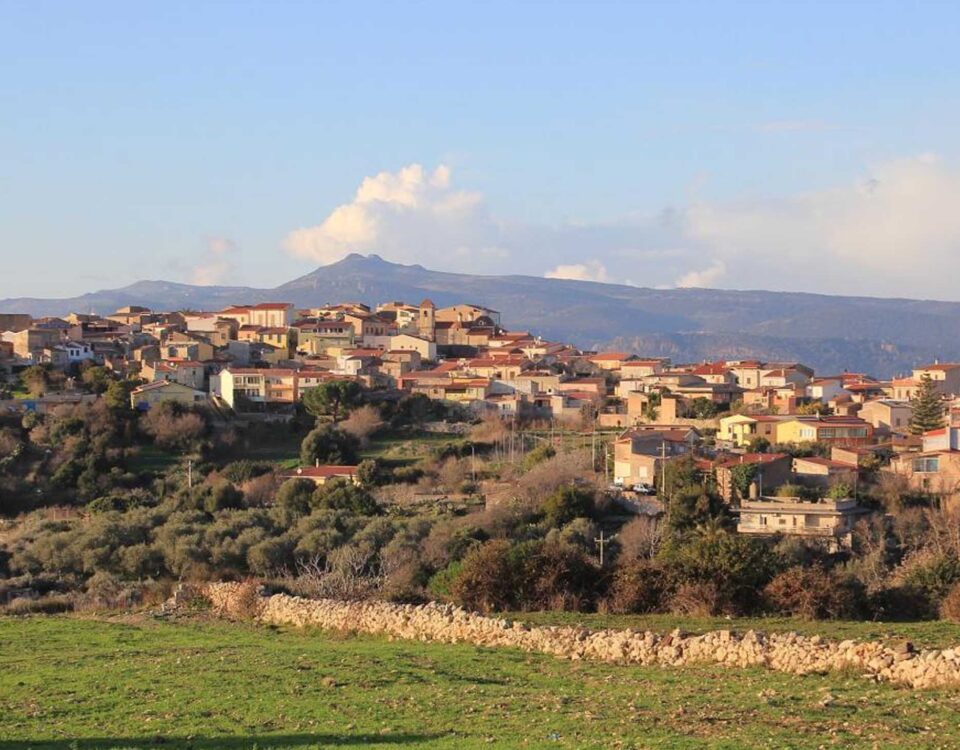
Municipality of Cuglieri
28 March 2023
Municipality of Nurachi
28 March 2023In the northern area of the Campidano di Oristano, on the slopes of Montiferru, lies Milis, known in Sardinia as 'the village of oranges'. It has about 1,500 inhabitants and extends for 18.67 square kilometres along the courses of the Riu Mannu and the rio Cispiri. The territory is rich in spring water, which collects in numerous small streams, tributaries of the Riu Mannu, crossing fertile land, rich in orange trees, elms, cypresses and reeds, sometimes fenced in by large 18-century portals for access to the properties, a manifestation of the village's consolidated agricultural tradition.
The municipality was founded in the 13 century. It was the Camaldolese monks of Bonacardo who began the exploitation of the fertile land, planting various crops, particularly orchards, in the current locality of is Ortus de is Paras. Its economy is predominantly agricultural: Milis is known throughout the island as a place of citrus fruit production, but also of excellent Vernaccia wine, celebrated in November in the Rassegna dei vini novelli. Monks built several churches here, including the church of San Paolo, San Giorgio di Calcaria and San Pietro di Milis Pizzinnu.
However, the human presence in the territory has its roots in the Nuragic age: in the countryside that embraces the inhabited perimeter stand the nuraghi Canale, Cobulas, Mura Cabonis, Su Livariu. It later became the site of a Roman military settlement, hence the Latin toponym 'miles, soldier'.
READ ALL
In the Middle Ages the town belonged to the Giudicato of Arborea becoming the seat of the curatoria and maintaining the function of capital even after the end of the Giudicati.
During World War II, it housed an Italian-German military airport, referred to as the 'invisible airport' because it was hidden by orange groves. Following the shooting down of an enemy aircraft, it was spotted by the Allies and bombed on 3 July 1943, also causing civilian casualties. The fallen were buried in the village cemetery, in a separate area.
Strolling through the enchanting, respectfully preserved historic centre, you will see characteristic views, 19 century buildings, villas and churches. In the main square stands the parish church of San Sebastiano, in Aragonese Gothic style. The wide entrance is surmounted by a rose window in red trachyte and an ancient crucifix is kept inside. The church has undergone changes over time, including the adjacent bell tower, built in the 1950s.
The church of San Paolo, attached to the cemetery, is a fine example of Romanesque architecture in Sardinia. The building has a commissa cross plan with a S/E apse and is striking for its spectacular façade built in bichromatic opus quadratum, alternating rows of light limestone with rows of dark basalt. The different use of building material highlights two different construction phases dating back to the 12 and 13 centuries. The building houses some paintings of the Catalan school, a Baroque altar and wooden sculptures.
Another interesting stop can be made at the church of Santa Vittoria, near which tombs dating back to the 6-7 centuries have been found. The apse is adorned by an imposing wooden altar (17th century) divided into niches in which statues of Santa Vittoria, Sant'Antioco and San Vincenzo stand out.
The Church of San Giorgio, built around 1637, was originally rural, as were the Churches of San Pietro in Vincoli in Milis Pizzinnu (1300) and of the Madonna del Buon Cammino, dating back to 1800, two and one kilometres away from the town centre respectively, and the latter can only be reached on foot.
The valuable civil architecture also deserves a special visit, starting with the most central one, the former Boyl aristocratic palace in front of the parish church. Built in the 17 century, it was extended and used as a summer residence by the Boyl marquises, originally from Piedmont and related to the Savoy family. It was used as a summer residence by illustrious personalities including Carlo Felice, Carlo Alberto, General La Marmora, Grazia Deledda, Gabriele D'Annunzio and Honoré de Balzac. Today it houses the Museum of Sardinian Costume and Jewellery.
The citrus grove of Villa Flor is of great interest, as is the Villa Pernis, built within the village. It was built in the late 19 century by Benvenuto Pernis to breed horses for the royal army. Used as military barracks during World War II, it has now been restored and houses a service centre for tourism.
Numerous events enliven the village throughout the year, from the aforementioned review of new wines to 'Vega', a festival of dance and ethnic music, and 'Springtime in the Garden', a flower fair with a display of flowers and plants.


